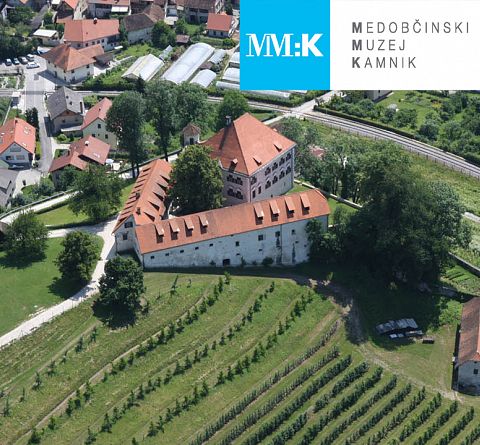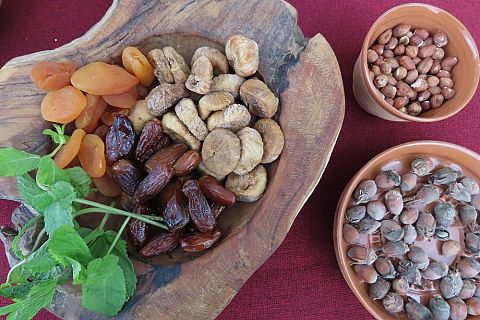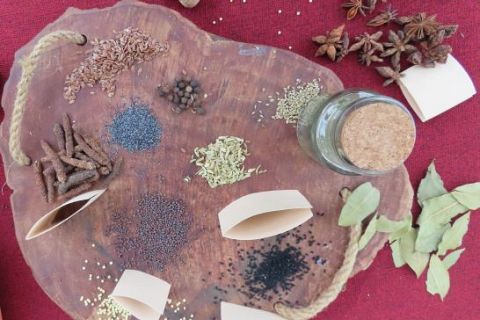A hint of the Mediterranean - Roman cuisine
When Rome became the navel of the world, the Roman way of life and diet became more and more common in the conquered territories. The majority of the population lived in the countryside. They cultivated the land, grew crops, vines, raised livestock, took care of olive groves, forests etc. Wine and olive oil became the main export-import food items in antiquity. Food was grown in the countryside. In the cities, however, it was eaten the most. There were many exotic spices in use: from pepper, cinnamon, ginger, saffron, nutmeg and others. In addition to all those already in use, vinegar, wine and honey are mentioned in each recipe. Garum and liquamen are two sauces that gave flavor to virtually every dish.
Everyday dishes were millet porridge (pulse), millet, cabbage and legumes. The pulse was also the food of the army. The soldiers were given about 1 kg of grain a day – they roasted it on a hot stone, on fire, and then crushed and stored it. From such a base they then cooked porridge or potion, or unleavened bread. Yeast was already known in antiquity, and even yeast was imported from Gaul. The Gauls were known for brewing.
The Romans most commonly ate pork, sheep, poultry, birds, and venison. The plates of the rich did not lack snails, mussels, they often ate fish. Specialties included sea urchins, mash with asparagus, game pâtés, ducks, geese, cranes, peacocks, etc.
Among the fruits were highly valued: figs, apples, cherries, dates (which came from Africa), from Armenia imported apricots, from Persia peaches, melons (they were the size of today’s oranges).
Fresh white goat cheese was the daily food of the poorer classes. They knew at least 13 types of different cheeses. Some were similar to today’s roquefort, ricotta.
Only the rich had three meals a day. The main meal (cena) usually started at 3pm and sometimes these feasts lasted for hours and hours. The rich menu was accompanied by rich and artful dishes. Each vessel served a different purpose.
Most of the recipes have been preserved in ten volumes by Marco Gavi Apicius, On Culinary Arts (he was born around 25 BC).
Source: Plesničar Gec, L. in B. Kuhar, Emona in rimska kuhinja. Apicijevi recepti za današnjo rabo, Ljubljana 1996





